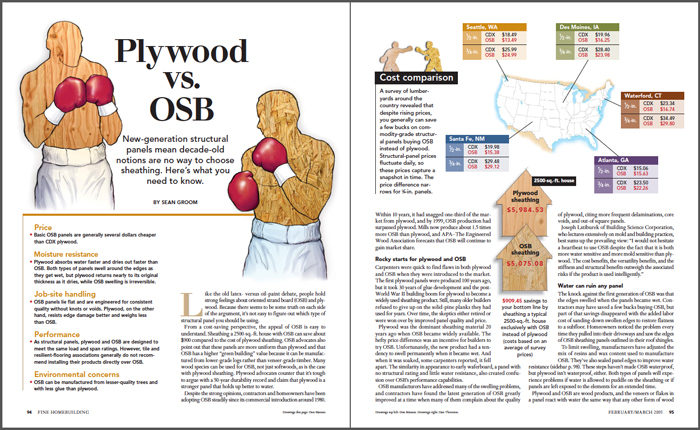Plywood vs. OSB
New-generation panels mean decade-old notions are no way to choose sheathing. Here's what you need to know.
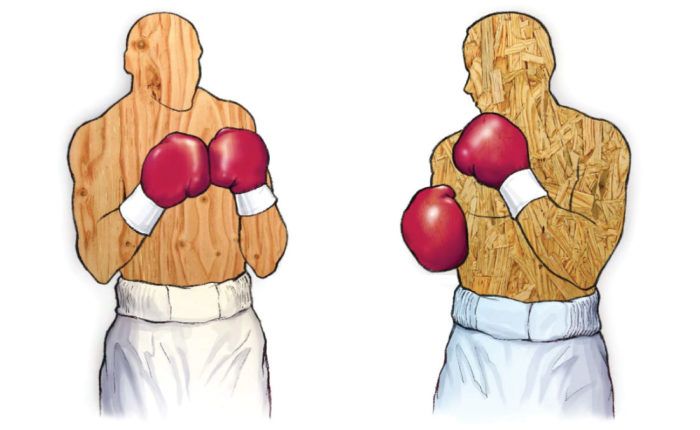
Synopsis: Either plywood or oriented-strand board (OSB) provides the structural skin on most houses today. Used for floors, walls, and roofs, these sheathing products are ubiquitous, but are they created equal? This article details exactly how the two products compare in strength, water resistance, and even environmental impact. A sidebar offers tips for storing and installing these products to avoid problems.
Note: This article was published in 2005, and there have been a number of changes in plywood and OSB offerings since it was written, such as the introduction of Zip System, an OSB sheathing with an integrated WRB coating.
Like the old latex- versus oil-paint debate, people hold strong feelings about oriented strand board (OSB) and plywood. Because there seems to be some truth on each side of the argument, it’s not easy to figure out which type of structural panel you should be using.
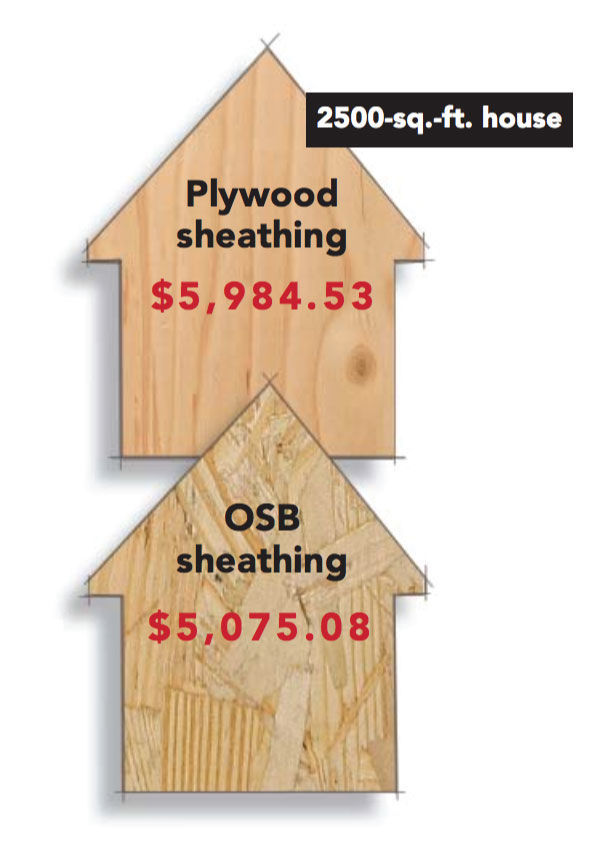
From a cost-saving perspective, the appeal of OSB is easy to understand. Sheathing a 2500-sq.-ft. house with OSB can save about $900 compared to the cost of plywood sheathing. OSB advocates also point out that these panels are more uniform than plywood and that OSB has a higher “green building” value because it can be manufactured from lower-grade logs rather than veneer-grade timber. Many wood species can be used for OSB, not just soft woods, as is the case with plywood sheathing. Plywood advocates counter that it’s tough to argue with a 50-year durability record and claim that plywood is a stronger panel that holds up better to water.
Despite the strong opinions, contractors and homeowners have been adopting OSB steadily since its commercial introduction around 1980. Within 10 years, it had snagged one-third of the market from plywood, and by 1999, OSB production had surpassed plywood. Mills now produce about 1.5 times more OSB than plywood, and APA – The Engineered Wood Association forecasts that OSB will continue to gain market share.
Rocky starts for plywood and OSB
Carpenters were quick to find flaws in both plywood and OSB when they were introduced to the market. The first plywood panels were produced 100 years ago, but it took 30 years of glue development and the post-World War II building boom for plywood to become a widely used sheathing product. Still, many older builders refused to give up on the solid-pine planks they had used for years. Over time, the skeptics either retired or were won over by improved panel quality and price.
Plywood was the dominant sheathing material a few decades ago when OSB became widely available. The hefty price difference was an incentive for builders to try OSB. Unfortunately, the new product had a tendency to swell permanently when it became wet. And when it was soaked, some carpenters reported, it fell apart. The similarity in appearance to early wafer board, a panel with no structural rating and little water resistance, also created confusion over OSB’s performance capabilities.
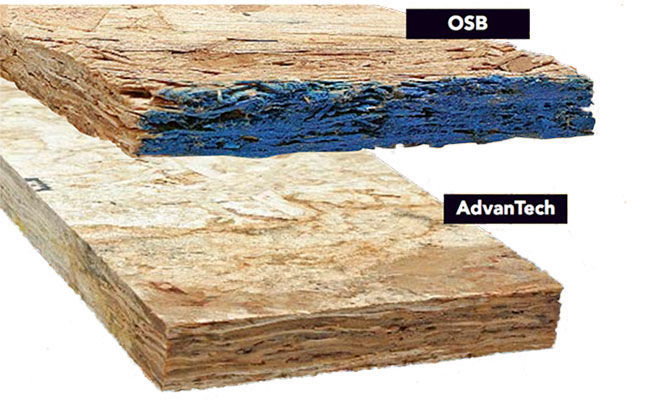
OSB manufacturers have addressed many of the swelling problems, and contractors have found the latest generation of OSB greatly improved at a time when many of them complain about the quality of plywood, citing more frequent delaminations, core voids, and out-of-square panels.
Joseph Lstiburek of Building Science Corporation, who lectures extensively on mold and building practices, best sums up the prevailing view: “I would not hesitate a heartbeat to use OSB despite the fact that it is both more water sensitive and more mold sensitive than plywood. The cost benefits, the versatility benefits, and the stiffness and structural benefits outweigh the associated risks if the product is used intelligently.”
To view the entire article, please click the View PDF button below:
Fine Homebuilding Recommended Products
Fine Homebuilding receives a commission for items purchased through links on this site, including Amazon Associates and other affiliate advertising programs.
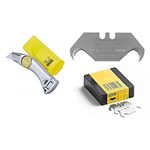
Hook Blade Roofing Knife

Flashing Boot Repair

Shingle Ripper
